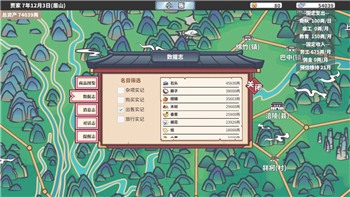太阳风暴爆发时类似超新星
- 指点迷津
- 2024-11-30
- 5
Researchers at UCL have studied the behaviour of the Sun's coronal mass ejections, explaining for the first time the details of how these huge
eruptions
2 behave as they fall back onto the Sun's surface. In the process, they have discovered that coronal mass ejections have a surprising twin in the depths of space: the
tendrils(卷须) of gas in the
Crab
3
Nebula
4, which lie 6500 light-years away and are millions of times larger. On 7 June 2011, the biggest ejection of material ever observed erupted from the surface of the Sun. Over the days that followed, the
plasma
5
belched
6 out by the Sun made its way out into space. But most of the material propelled up from the Sun's surface quickly fell back towards our star's surface., ,For the solar
physicists
7 at UCL's Mullard Space Science Laboratory, watching these solar fireworks was a unique opportunity to study how solar plasma behaves., ,"We've known for a long time that the Sun has a magnetic field, like the Earth does. But in places it's far too weak for us to measure, unless we have something falling through it. The blobs of plasma that rained down from this beautiful explosion were the gift we'd been waiting for," says David Williams, one of the study's authors., ,Since 2010, the NASA Solar
Dynamics
8
Observatory
9 (SDO) has been constantly photographing the surface of the Sun. To our eyes, our star seems almost unchanging, with occasional
fleeting
10 sunspots the only changes that can be seen without special
apparatus
11. But the SDO's instruments can cut through the dazzling brightness, magnify the detail and see
wavelengths
12 of light which are blocked by the Earth's atmosphere. This combination of high-quality imaging and constant monitoring means that scientists can now see the detail of how the Sun's dynamic surface changes over time., ,The 7 June 2011
eruption
1 was by some
margin
13 the biggest recorded since this constant monitoring began, meaning the huge
cascade
14 of matter that fell back into the Sun following the eruption was a unique opportunity to study, on an unusually large scale, the fluid dynamics of these
phenomena
15., ,"We noticed that the shape of the
plume
16 of plasma was quite particular," says
Jack
17 Carlyle, lead author of the study. "As it fell into the Sun, it repeatedly split apart like drops of ink falling through water, with fingers of material branching out. It didn't stick together. It's a great example of an effect where light and heavy fluids mix."
本文由明日于2024-11-30发表在生活百科-红苹果乐园,如有疑问,请联系我们。
文章摘自:http://hpgly.com/post/35923.html











![[流言板]雷尔森传中,穆科科近距离射门打飞](/zb_users/upload/2024/12/3111596453046865195.gif)
发表评论